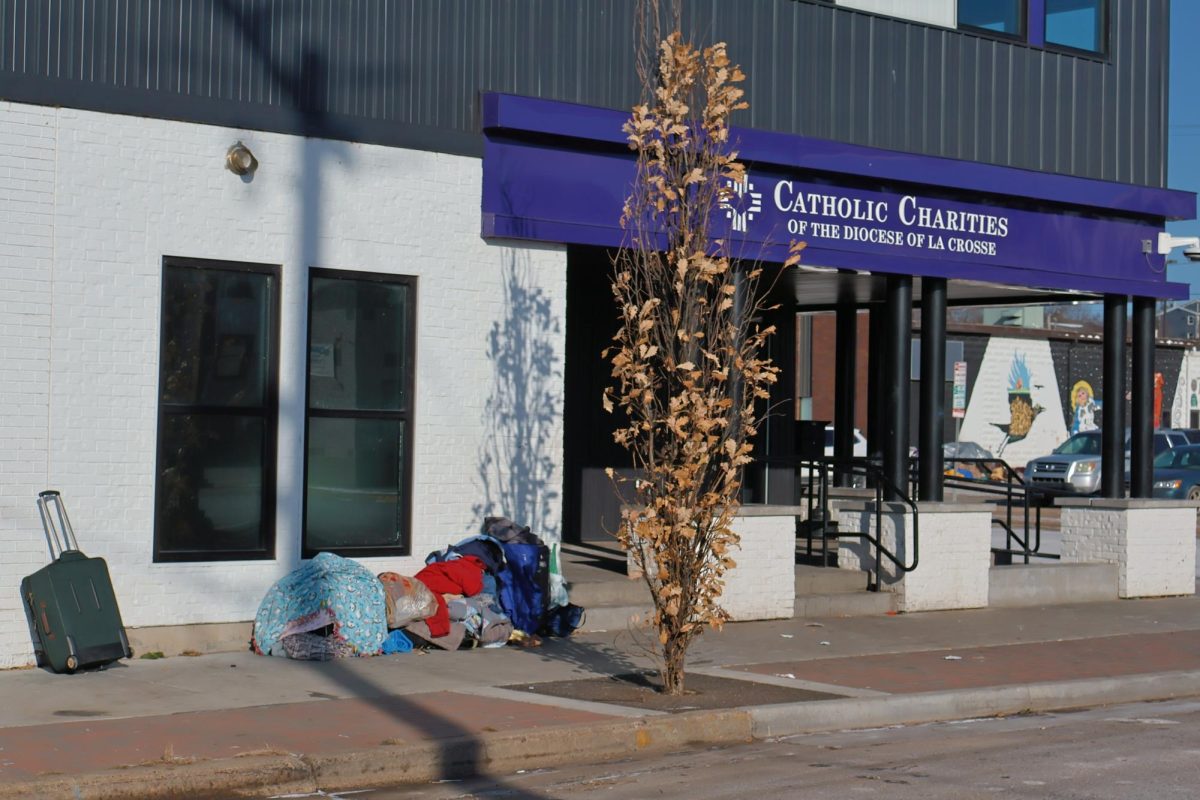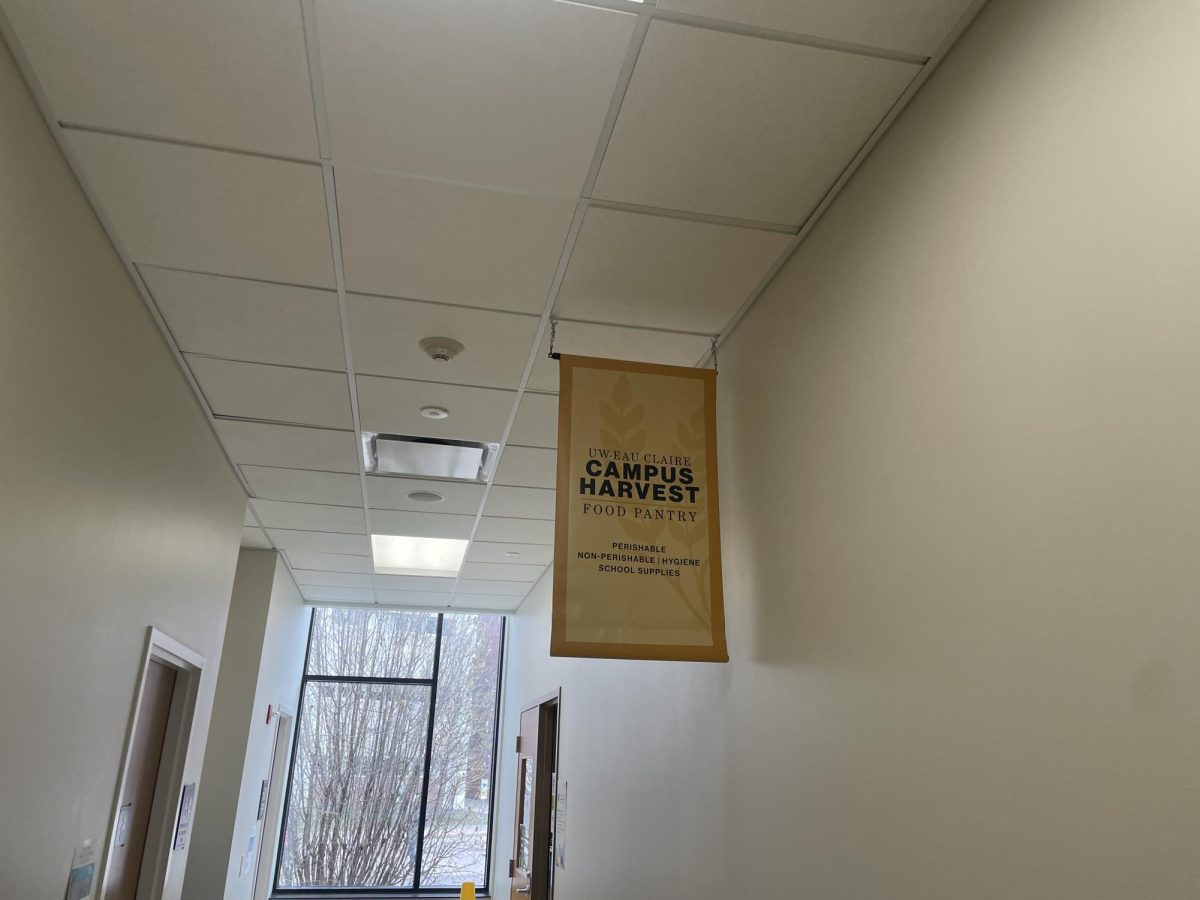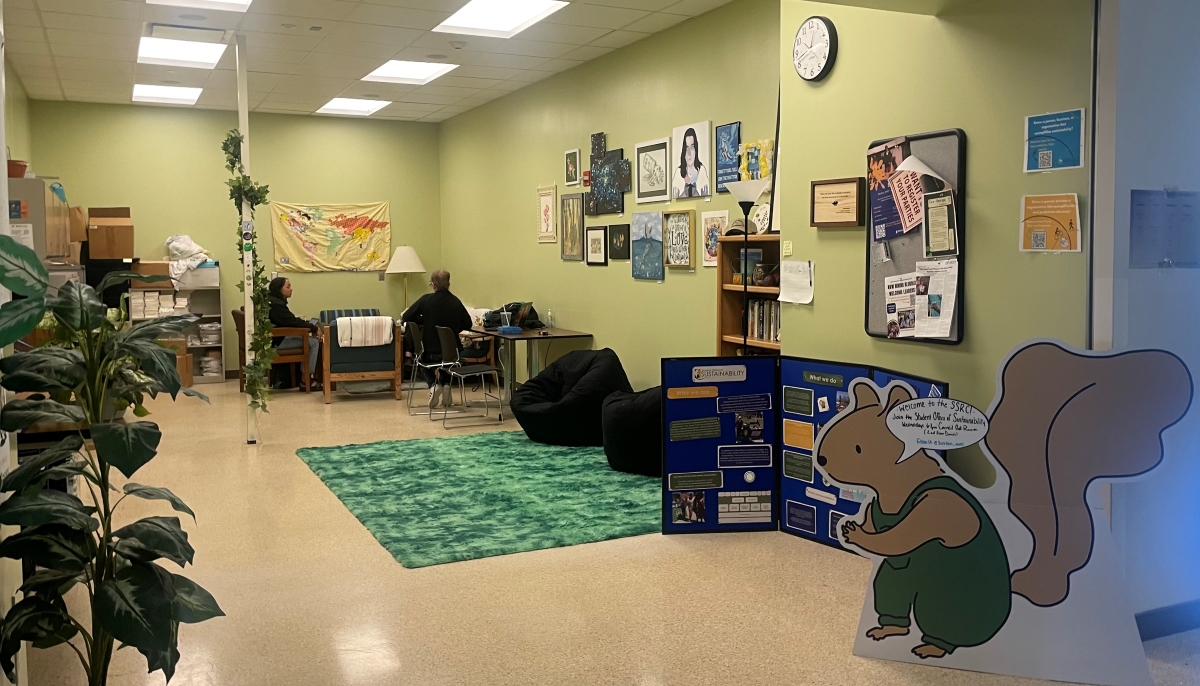UW-Eau Claire will no longer offer two cafeterias, according to the current designs for the new student center. After the new student center is complete, Riverview Cafeteria in Hilltop Center will be the exclusive campus location for cafeteria-style dining.
Steering Committee meeting minutes (found on the University Centers website) indicate that this decision was made back in December 2008, but many students are just learning about the decision now.
Senior Tim Lauer, Steering Committee member, said he was initially cautious about the decision to eliminate a campus cafeteria. Lauer was the student body president when the cafeteria was under discussion, and said the decision stemmed from multiple factors, primarily costs and space.
“Once the students were educated, myself included, on the different benefits of structuring the food service this way, and the ways we could prevent the students that live on lower campus from being punished by this, then we were for it,” he said.
The benefits Lauer refers to include a larger food court with less traffic, greater menu variety and lower costs of operation.
At the Oct. 13 Chancellor’s Roundtable, Director of University Centers Charles Farrell elaborated on the expanded options that would be possible in the new student center. Within the new, larger food court, he said, there would be a variety of vendors, including Italian food, a Mongolian grill, an extensive salad bar, traditional sandwich options and more. Seating area would also be increased to accommodate around 600 students.
Vice Chancellor of Student Affairs Beth Hellwig said many of the cuts have already been made from the student center plans, and there is simply no space in the budget or in the physical designs for the overhead a cafeteria requires.
Farrell said the current meal plan needs to be modified so future students living on lower campus will have the same opportunities as those on upper campus.
“Our goal is to create flexibility without drastically increasing price,” he said.
Freshmen Nick Pierce and Lauren Speckin, residents of Putnam Hall, said they are concerned about the meal plan changes.
“It would have to be a lot more on Declining (Balance) though, just because of how much it costs to go to the food court,” Pierce said.
Speckin said she would likely make the hike to the Hilltop Center on upper campus instead, because of the costs associated with pay-per-item dining.
However, Chancellors Hall resident Zachary Leiske, senior, said the increase in traffic to Hilltop is a large concern.
“(Hilltop is) already overcrowded,” he said. “I’ve seen lines out the door. But with people from lower campus being directed up there, it might be even more crowded.”
Farrell directly addressed Hilltop’s expected high-traffic issue at the Chancellor’s Roundtable.
“Hilltop is not, and has not been for about ten years, big enough to manage the student population we have,” he said.
Rather than a large-scale overhaul of Hilltop – a building that has not been improved since 1968 – Farrell estimates they will begin a series of smaller projects to better equip the cafeteria for increased traffic. With minimum renovations, he said he believes the building should meet the campus’ needs for another five to ten years.
Farrell, Hellwig and Lauer emphasized that student input has been heavily relied upon throughout the process. Still, Lauer said he expects some resistance to the change.
“It’s tough anytime when you make a big change like this, because all of the current students are used to everything being a certain way,” he said. “They may not realize all the different changes … will make it an acceptable and even make it a preferential situation.”






